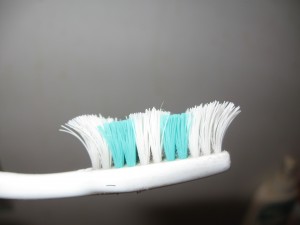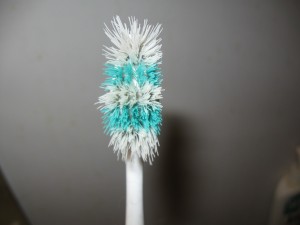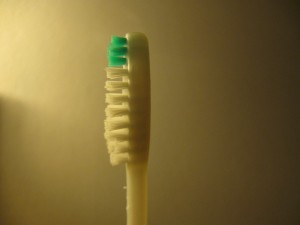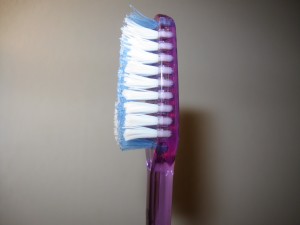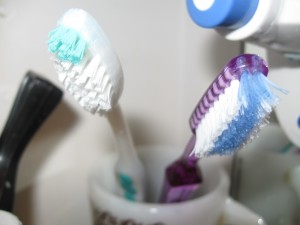It is common knowledge that when a person is bitten by a zombie, they become infected with the virus and themselves eventually turn into a zombie after a while. It is also common in movies for the friends or family of an infected person to kill them before they turn in order to save them the presumed torture of becoming a mindless, violent creature. Unfortunately, this is always the wrong thing to do.
There are two scenarios in which a person may be infected by a zombie: (1) during a fight in which zombies are closing in, with little time to think or rest before the the person turns, (2) incidentally, with plenty of down time and waiting before the person turns.
In scenario (1) in which zombies are everywhere and everybody is desperately fighting for their lives, then mercy-killing an infected person is pointless. It wastes time, allowing the zombies to get closer, and deprives you of a an extra person who can fight or at the very least stall them and hold them off to give you time to get away.
In scenario (2) in which a person has been bitten (perhaps in a prior battle or close call) and now has time to sit and wait before turning, mercy-killing them is again pointless, and worse, potentially destructive. First, you deprive them of whatever little time they have left. Further, what happens if that person happens to be immune‽ Not only have you killed them unnecessarily, but you have just thrown away the possibility of developing a vaccine or even cure from their blood (yes, they must be alive otherwise the blood is in limited supply and decaying all the while).
Granted, waiting until the person turns puts you at risk because once they turn they become violent. However, the benefits of waiting until they turn to ensure that they are indeed gone far outweighs the risk. Besides, in scenario (1), there is no difference from one extra zombie (especially since they are not even a zombie yet), and in scenario (2), there is time and opportunity to secure the person to eliminate the risk altogether.
Moreover, even if a person looks like they are infected, it does not mean that they are not immune. When you get a cold or flu, you look and feel terrible for a few days, but eventually the immune system beats the virus back and you recover. It is no different from a zombie-virus; it may take a few hours or days, perhaps even weeks, who knows, but it is possible that some people could recover and not become a zombie.
In summary NEVER KILL A ZOMBIE-INFECTED PERSON UNTIL THEY HAVE TURNED!.
